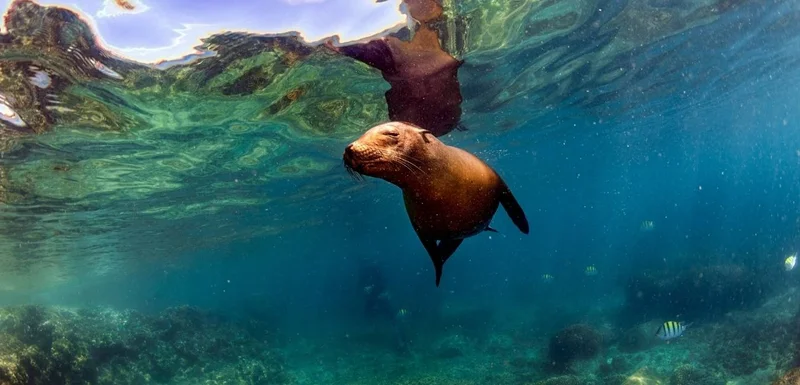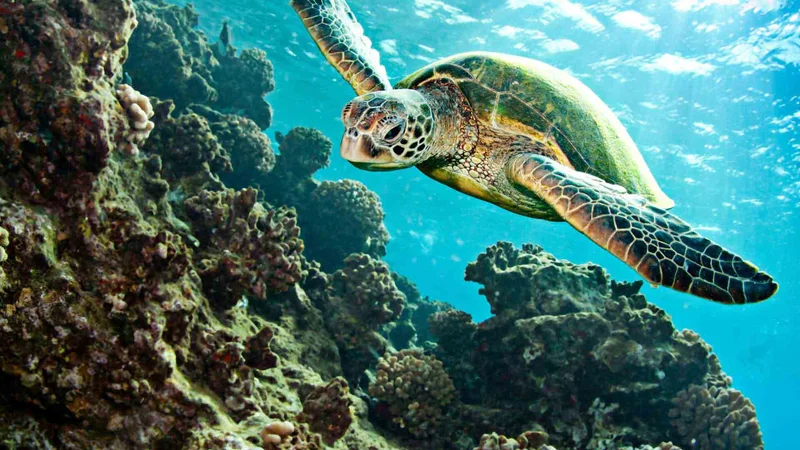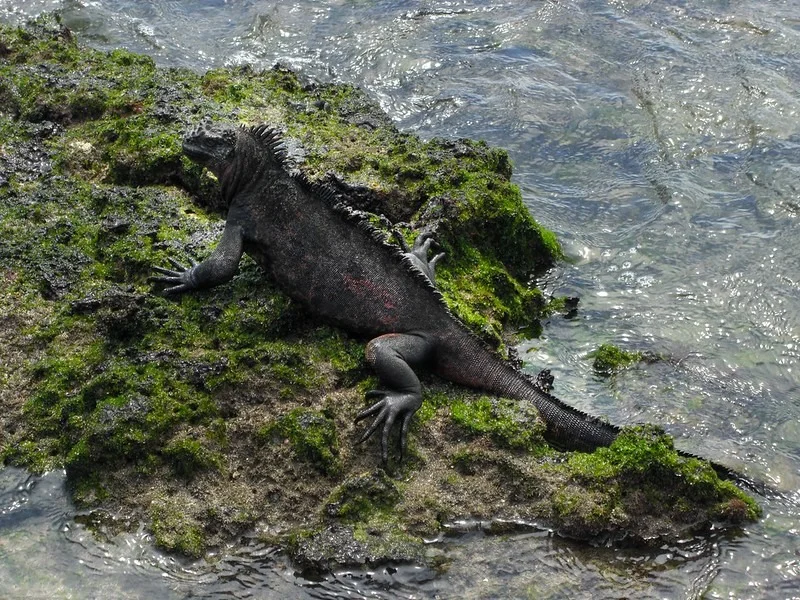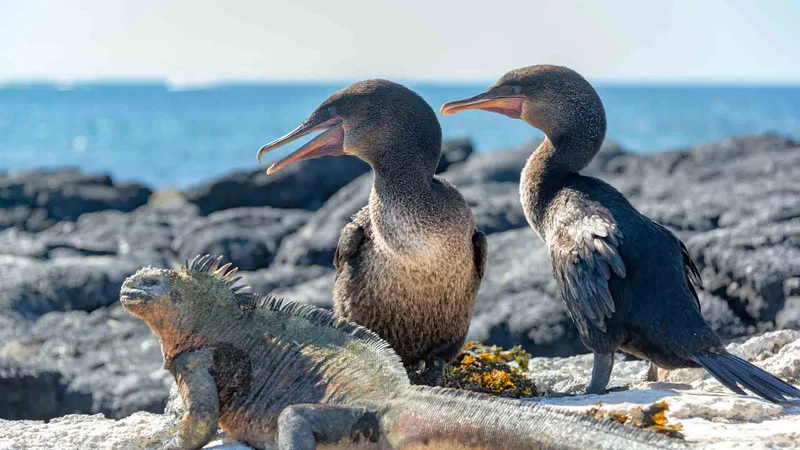
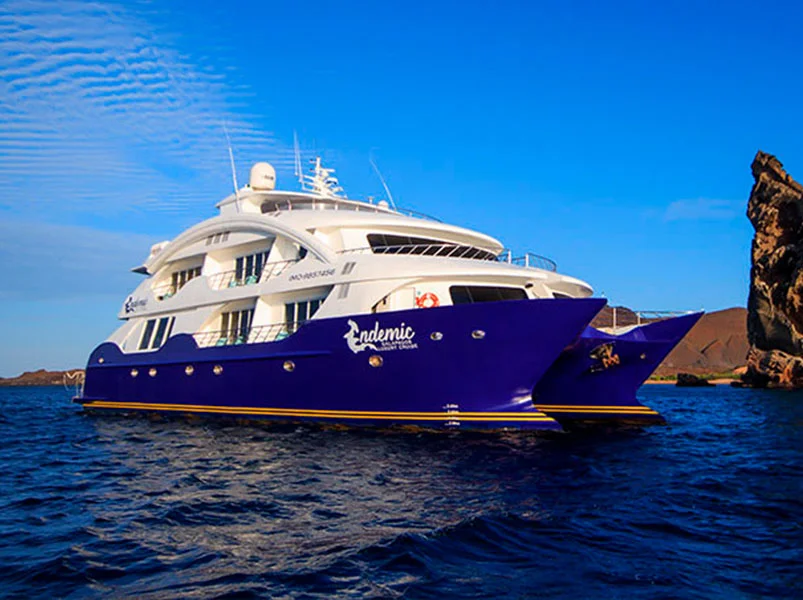
The M/C Endemic Itinerary F is a 5-night cruise that visits 4 islands in the Galapagos. The cruise includes visits to Sullivan Bay, Tagus Cove, Elizabeth Bay, Urbina Bay, Espinoza Point, Buccaneer Cove, Espumilla Beach, Rabida Island, and Mosquera Islet. Visitors will have the opportunity to see a variety of wildlife, including penguins, flightless cormorants, sea lions, marine iguanas, coral formations, land iguanas, blue-footed boobies, red sand beaches, cactus groves, and flamingos.
The cruise is a great way to experience the natural beauty and diversity of the Galapagos Islands.
6 Day Galapagos Itinerary
Day 1: Baltra Airport – Santiago Island: Sullivan Bay
In the afternoon, you will visit Sullivan Bay, located on the east coast of Santiago Island. We land on a white coral sand beach and begin our walk over lava that flowed less than 100 years ago. This is the perfect place to see and feel the volcanic origin of Galapagos. Also in this area you will admire flora that grows in lava fields.
Day 2: Isabela Island: Sierra Negra volcano & Arnaldo Tupiza Breeding Center
Isabela Island is the largest of the archipelago with a surface of 4,588 square kilometers. It encompasses more than the half of the total land area of Galapagos.
In the morning you will visit the Sierra Negra volcano, one of the largest craters of the archipelago, with a diameter of five kilometers. It offers fascinating views with a great contrast of colors between the lava fields, vegetation and fumaroles.
On the way up to Orchilla hill, giant tortoises and marine iguanas will appear. From the viewpoint the spectacular scenery of the bay, the town of Puerto Villamil, volcanoes, islets and rocks can be appreciated. Isabela wetlands has endemic and introduced species.
After lunch visit the Arnaldo Tupiza Breeding Center of Isabela, infant and juvenile giant tortoises can be seen until they are ready to be released and survive in the wild.
On the way back to the yacht, be ready to spot flamingos and other water birds.
Day 3: Isabela Island: Elizabeth Bay – Urbina Bay
In the afternoon, Urbina Bay will be visited. Here you can see coral formations, large colored land iguanas. The possibility of seeing giant turtles, flightless cormorants, blue-footed boobies, penguins and marine iguanas is excellent.
Day 4: Isabela Island: Tagus Cove – Fernandina Island: Espinoza Point
After lunch, Espinoza point will be visited, which is one of Fernandina’s visit points. Located within a fascinating lava scenery with Lava-Cactuses. On the surface of the lava, mangroves thrive. The highlights are sea lions, penguins, the flightless cormorant (especially in spring and summer), and one of the biggest iguana colonies of Galápagos.
Day 5: Santiago Island: Buccaneer Cove / Espumilla Beach – Rabida Island
Or visit to Espumilla Beach will take place. It is a pristine sandy beach and a popular place for marine iguanas and Sally Lightfoot Crabs. The crabs attract the hunting herons, performing the dance of predator and prey. With an abundance of marine life including octopi, moray eel, and shark, snorkeling is recommended and available.
In the afternoon, you will be taken to Rabida Island. Its main attraction is the red sand beach, famous for its cactus groves and rock formation scenery, aside from the vegetation of the arid zone and the presence of native and endemic species. During the walk on the red sand beach you will see brown pelicans’ nests, and a lagoon where flamingos are seen from time to time.
Day 6: Mosquera Islet – Baltra Airport
After this last visit, transfer to Baltra airport for your return flight to mainland Ecuador. Assistance and farewell at the airport.
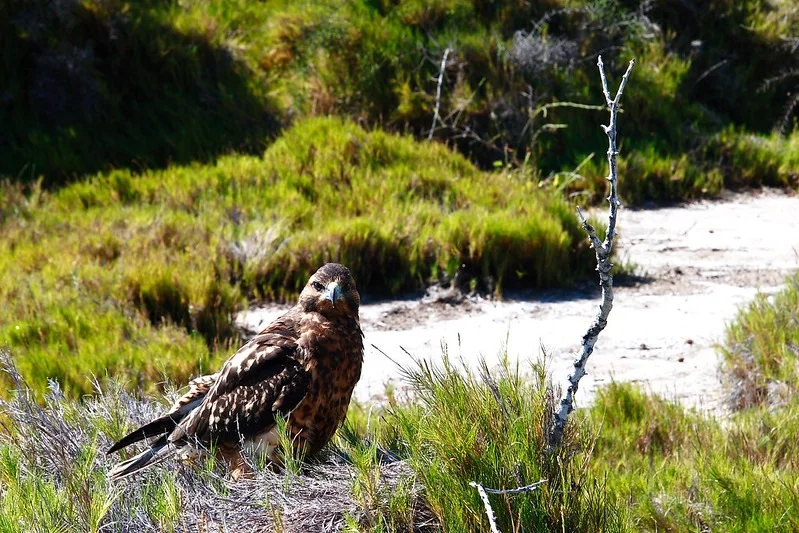
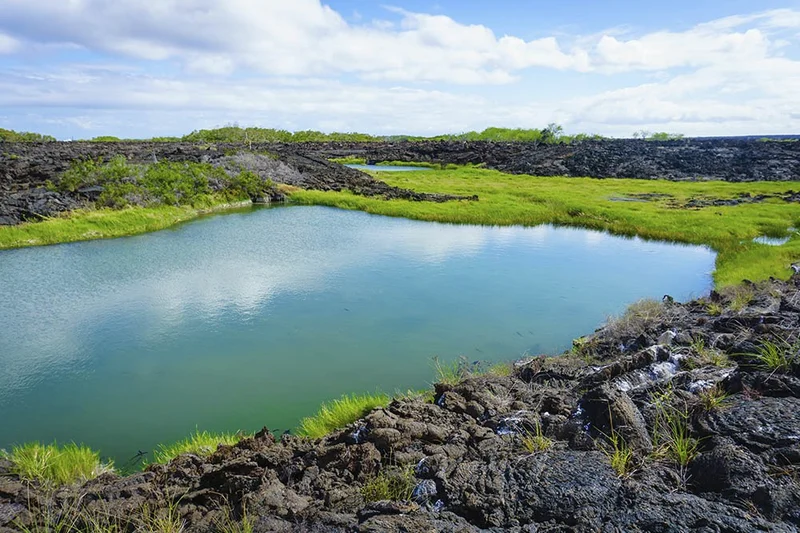
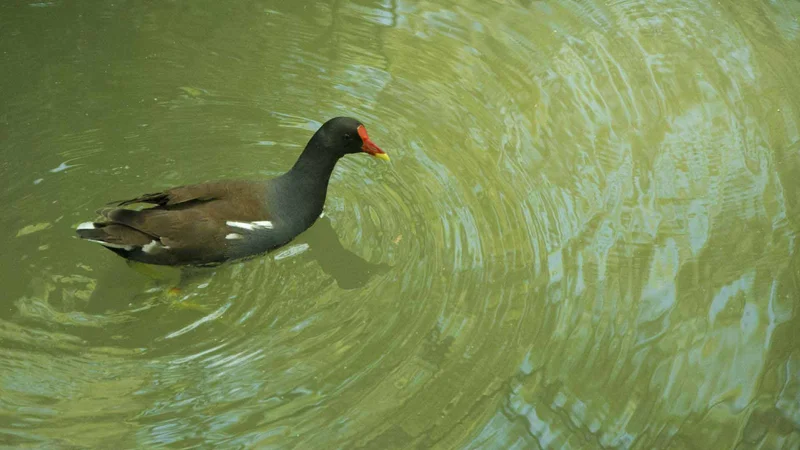
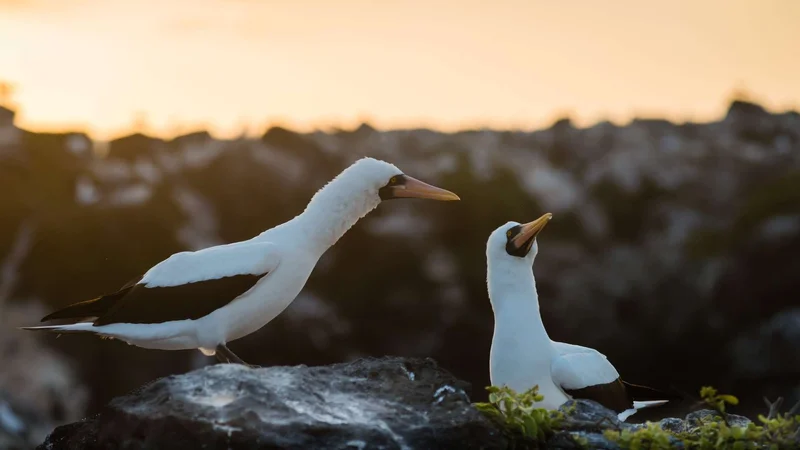
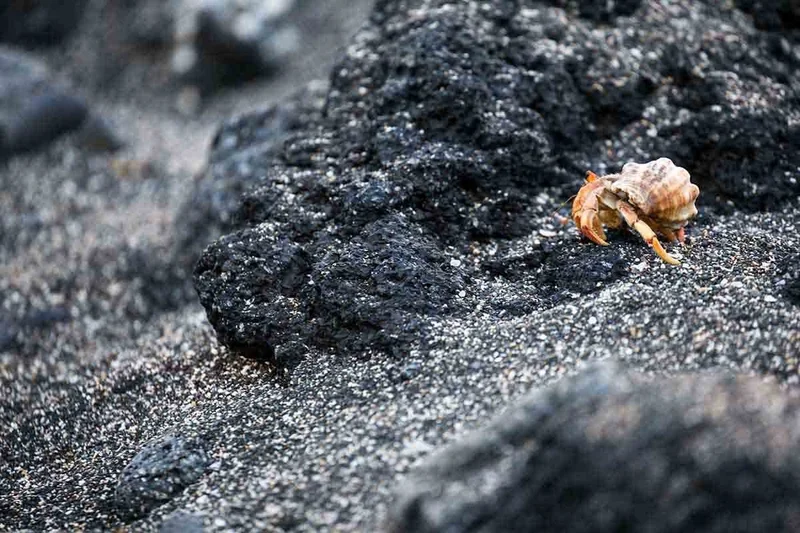
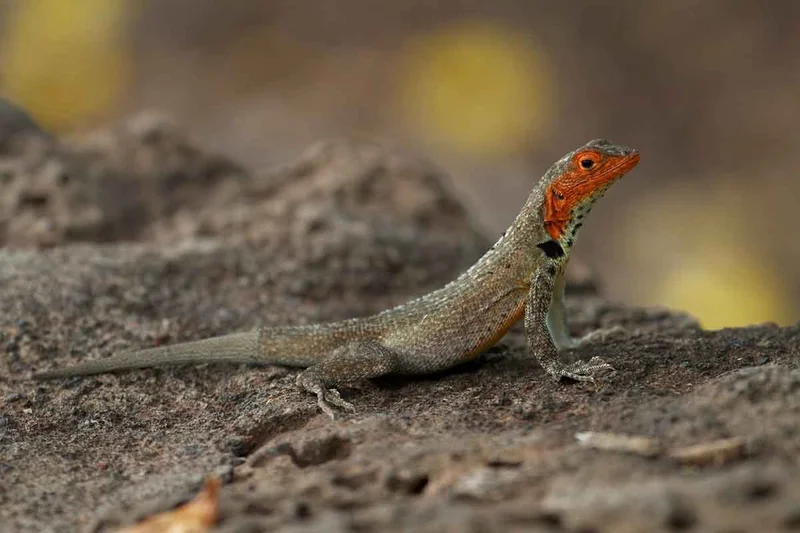
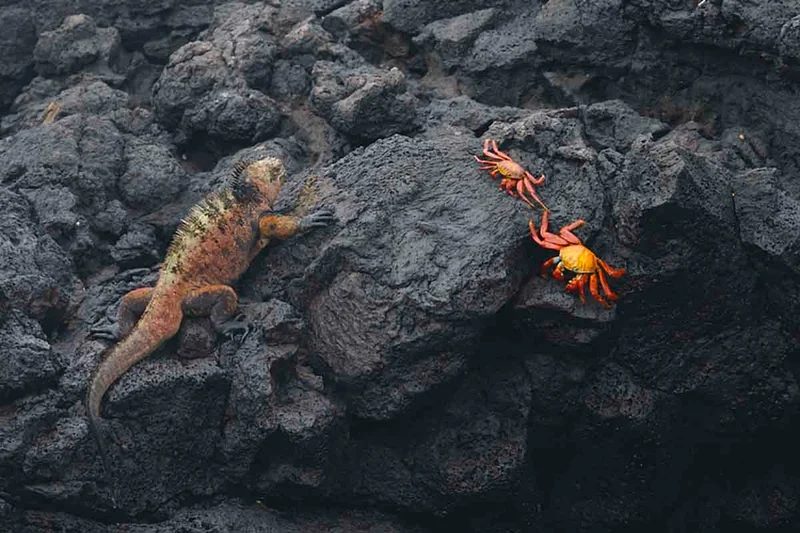
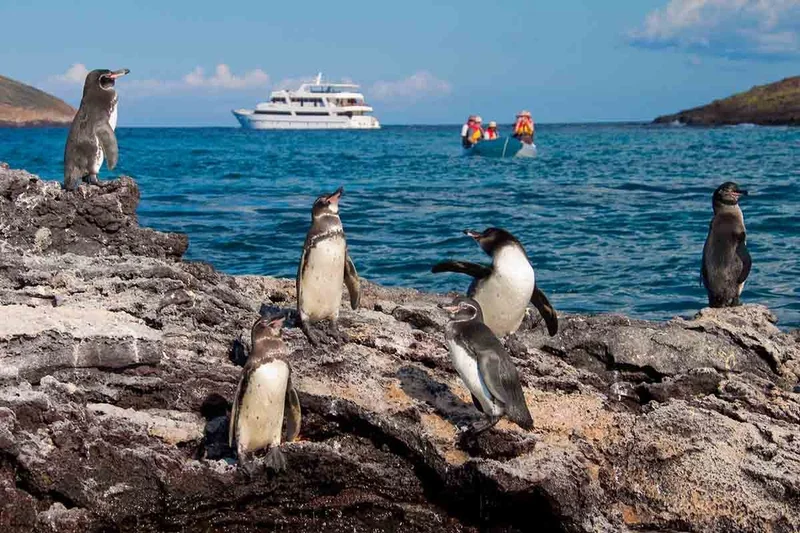
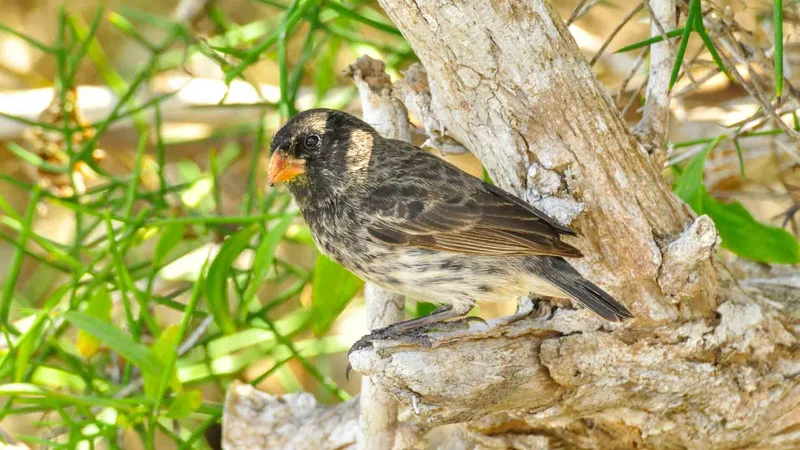
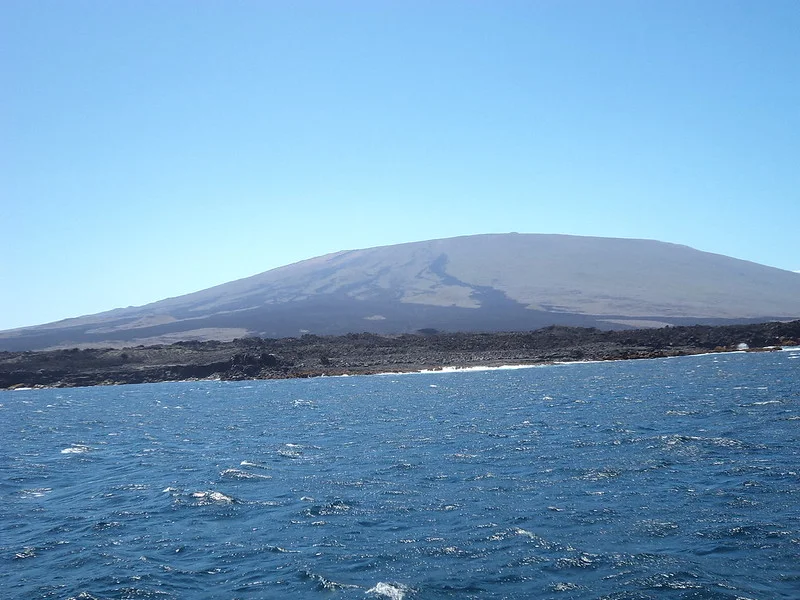
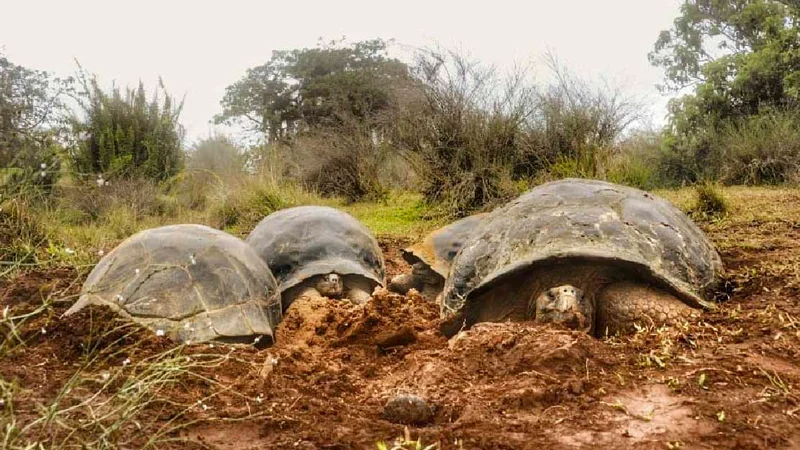
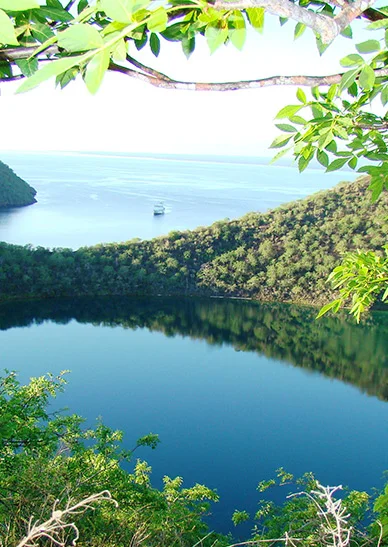
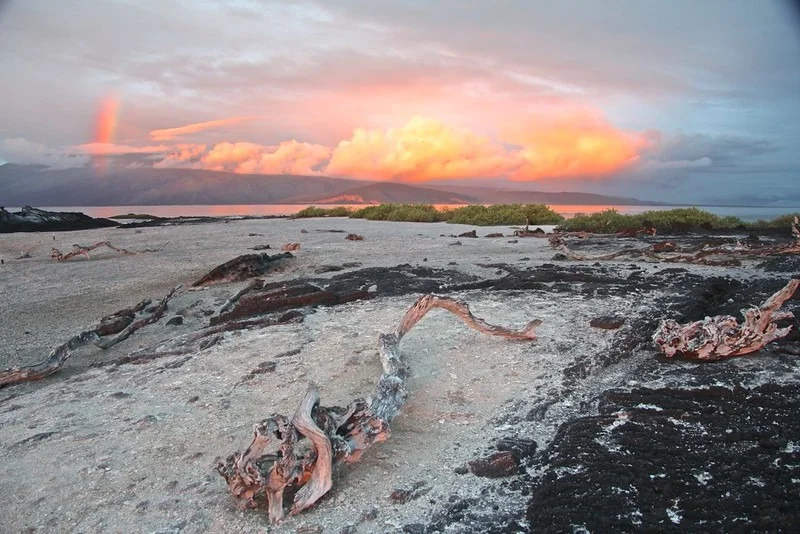
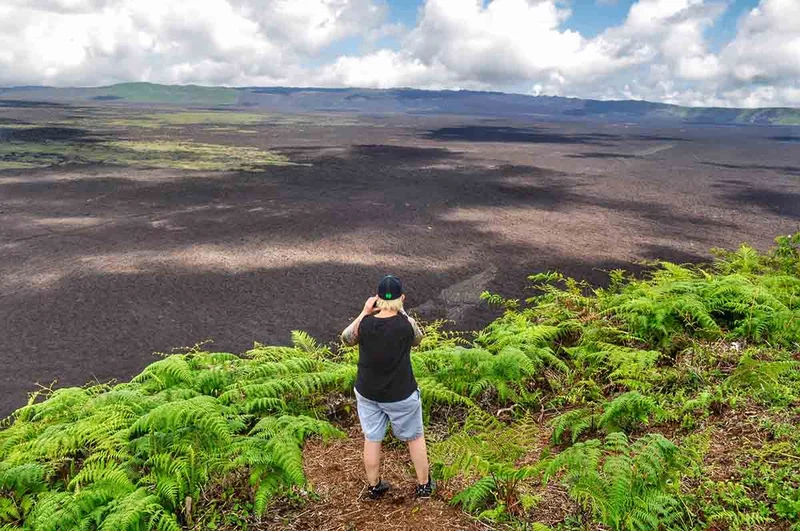
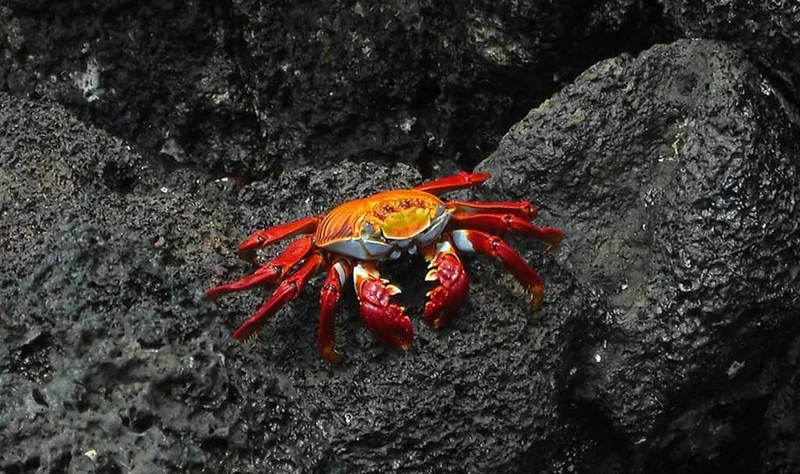
6 Day Galapagos Itinerary Includes
- Transfers airport/yacht/airport in Galapagos
- Airport reception and assistance
- Double or single accommodation
- Guided expeditions according to the itinerary
- Top bilingual National Park guide (English / Spanish)
- Cruise Service Officer
- Activity daily briefing
- All meals and snacks
- Soft drinks and juices
- Captain’s welcome and farewell cocktail
- Supplied expedition gear
6 Day Galapagos Itinerary Does not Include
- Round trip to Galapagos
- Galapagos National Park Entrance fee ($200 – subject to change)
- Transit Control Card ($20 – subject to change)
- Alcoholic and bottled beverages
- Gratuities for guide and crew
- Travel and health insurance
- Micro SD Card
6 Day Galapagos Itinerary Highlights
- Seeing mangroves and marine life
- Watching colonies of Great Frigates and Red-footed Boobies
- Visiting the Twin Craters
Itinerary Map
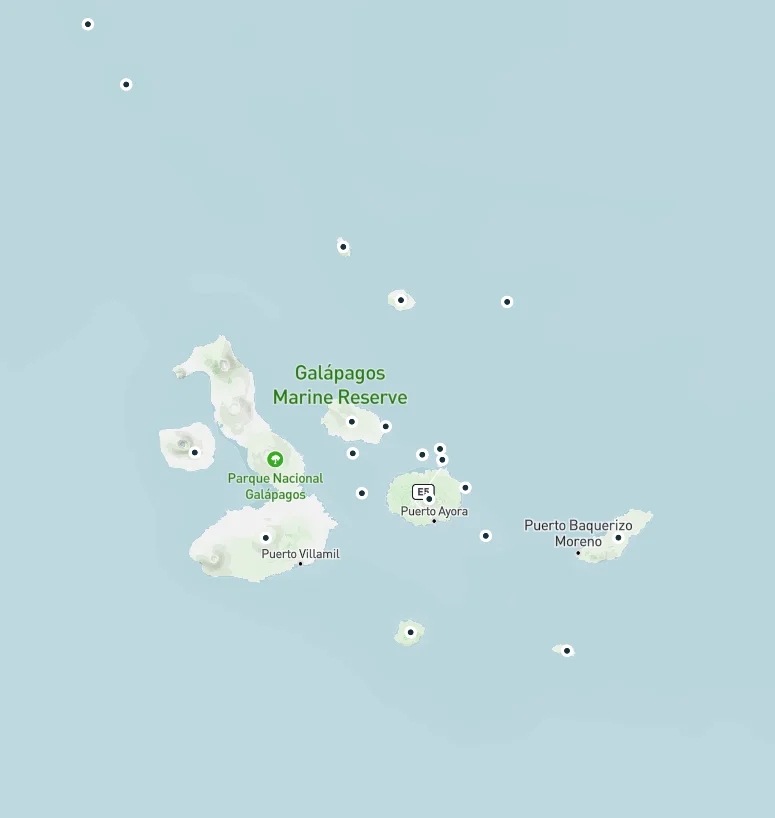
Dates & Promotions
Dates |
|---|
No data |
Reviews
Itinerary F Endemic Cruise
Why travel with us?
Similar Itineraries
